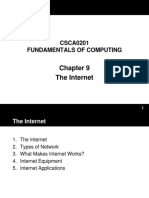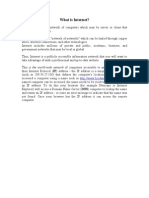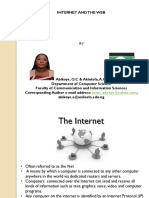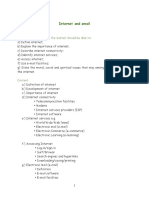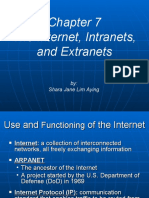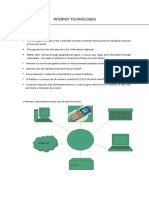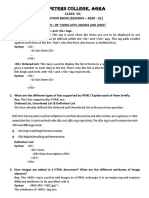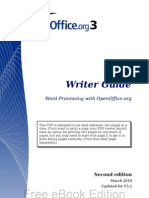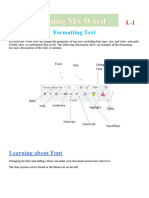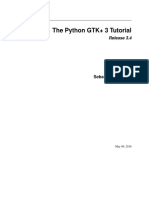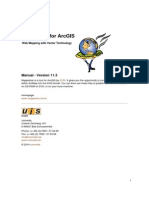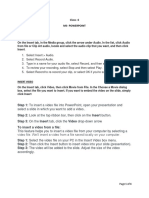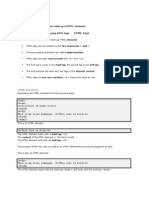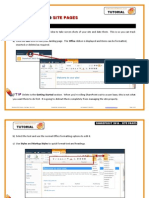0% found this document useful (0 votes)
12 views9 pagesCommunications and Information Systems
The document provides an overview of communications and information systems, detailing data transmission methods, devices, and the Internet's structure and services. It explains various communication technologies, including telephones, fax machines, and the Internet, along with their advantages and disadvantages. Additionally, it covers e-commerce, web browsers, and the components of web and email addresses.
Uploaded by
noahmorupisiCopyright
© © All Rights Reserved
We take content rights seriously. If you suspect this is your content, claim it here.
Available Formats
Download as PDF, TXT or read online on Scribd
0% found this document useful (0 votes)
12 views9 pagesCommunications and Information Systems
The document provides an overview of communications and information systems, detailing data transmission methods, devices, and the Internet's structure and services. It explains various communication technologies, including telephones, fax machines, and the Internet, along with their advantages and disadvantages. Additionally, it covers e-commerce, web browsers, and the components of web and email addresses.
Uploaded by
noahmorupisiCopyright
© © All Rights Reserved
We take content rights seriously. If you suspect this is your content, claim it here.
Available Formats
Download as PDF, TXT or read online on Scribd
/ 9



